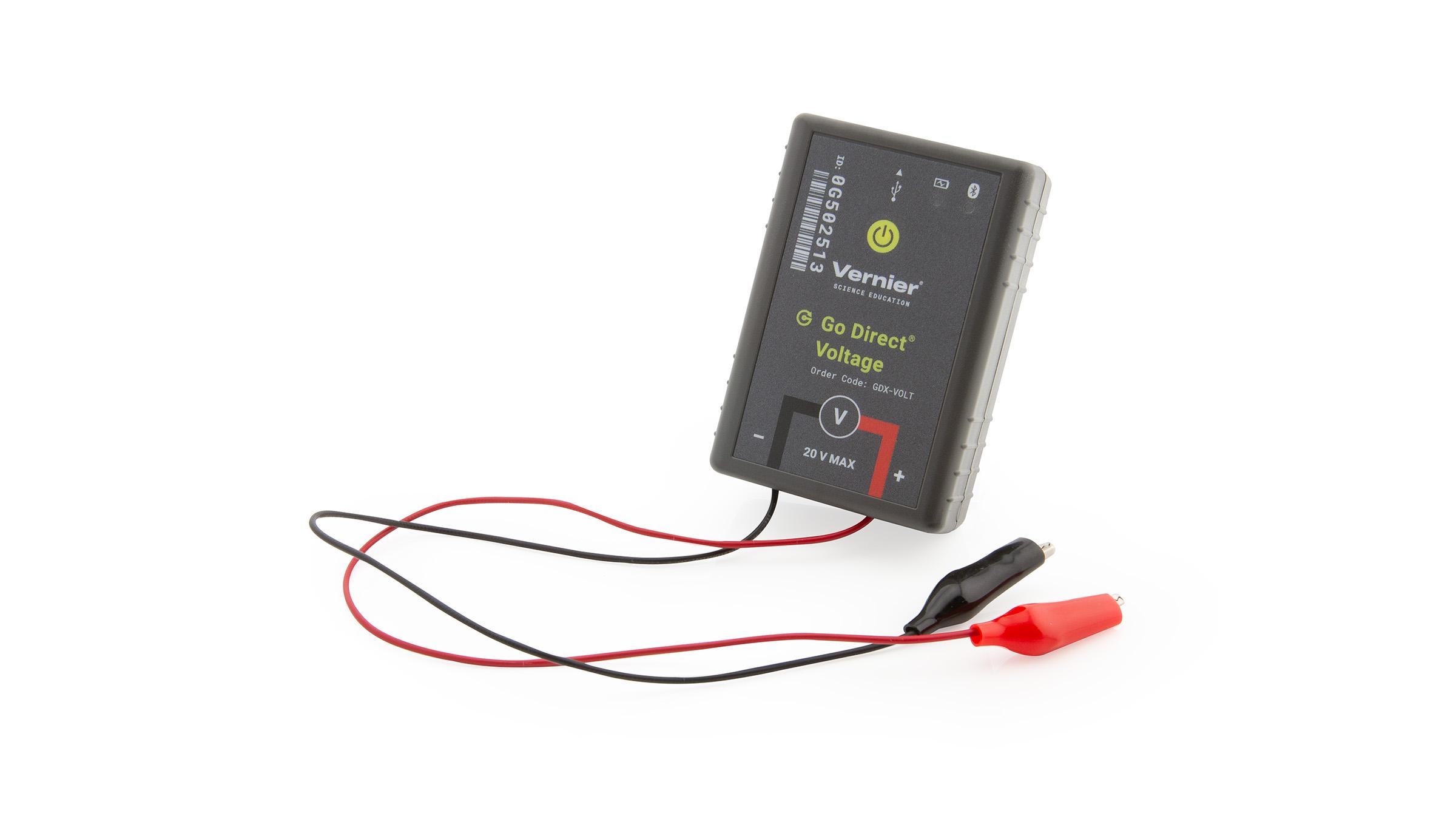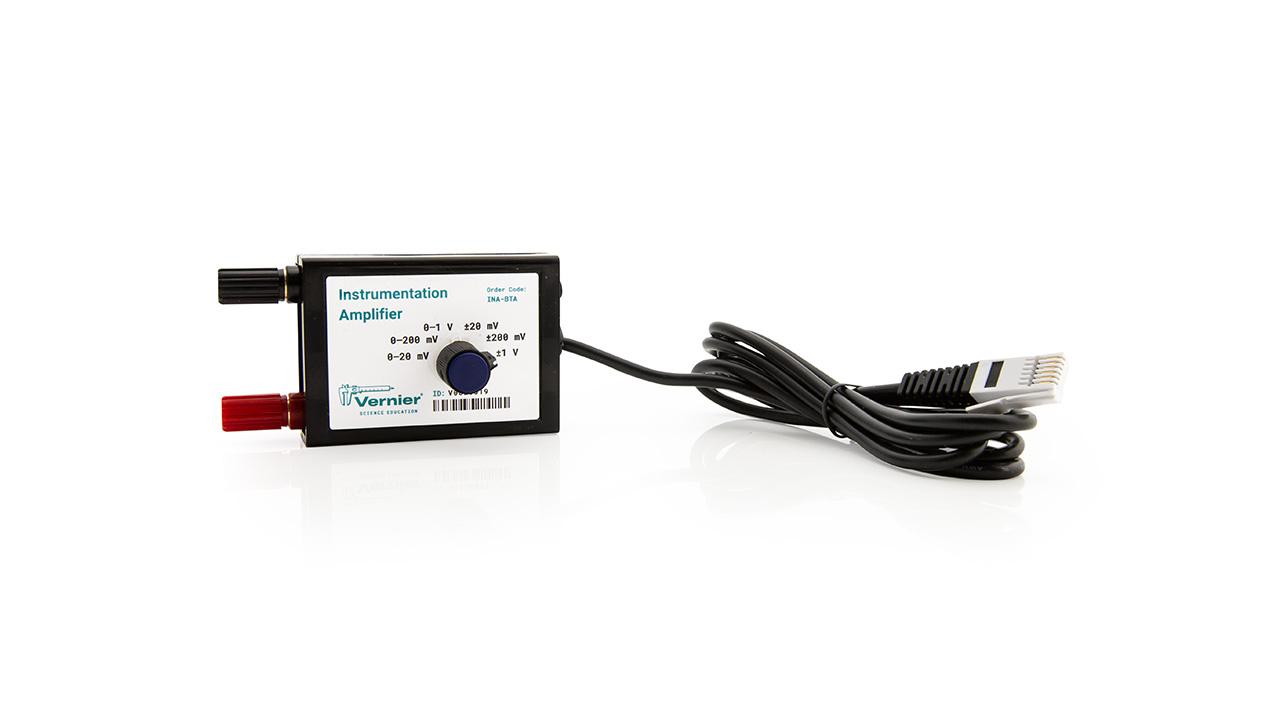Faraday’s Law: Moving Magnet
Experiment #11 from Advanced Physics with Vernier — Beyond Mechanics
- Subject
- Physics
Introduction
You have learned that magnetic flux is the dot product of the magnetic field vector, B, and the area vector, A, for a closed loop, . In this experiment, you will investigate how changes in the flux from a changing magnetic field affect the behavior of the mobile charge carriers in a conducting loop.
Objectives
In this experiment, you will
- Fashion a simple coil to collect data.
- Collect potential vs. time data for a magnet moving through a coil.
- Account for features of the observed graph of potential vs. time.
- Relate the induced emf to changes in the magnetic flux passing through a coil.
Sensors and Equipment
This experiment features the following sensors and equipment. Additional equipment may be required.
Option 1

Option 2

Correlations
Teaching to an educational standard? This experiment supports the standards below.
- International Baccalaureate (IB) 2025/Physics
- The students should understand that a time-changing magnetic flux induces an emf ε as given by Faraday’s law of induction ε = − N9(ΔΦ/Δt)
- The students should understand that the direction of induced emf is determined by Lenz’s law and is a consequence of energy conservation
Ready to Experiment?
Ask an Expert
Get answers to your questions about how to teach this experiment with our support team.
- Call toll-free: 888-837-6437
- Chat with Us
- Email support@vernier.com
Purchase the Lab Book
This experiment is #11 of Advanced Physics with Vernier — Beyond Mechanics. The experiment in the book includes student instructions as well as instructor information for set up, helpful hints, and sample graphs and data.

